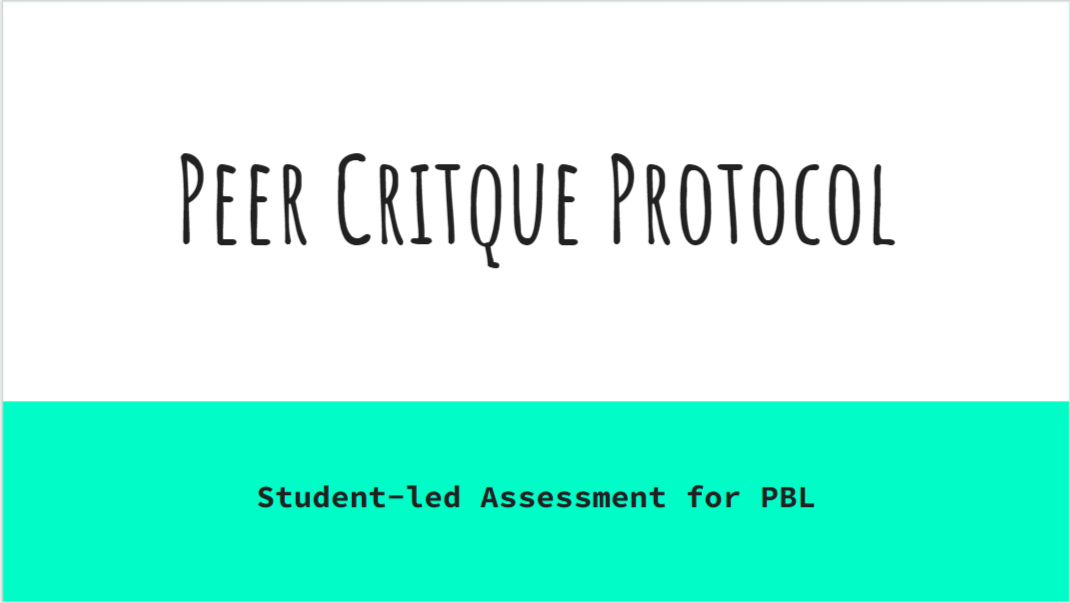Taking a risk on a new experience with students
The Setting
- The presenter will present their project to the class (4 minutes)
- Others will actively listen, and take notes as needed
- The participants will get to ask any clarifying questions (1 minute)
- The participants will have time to prepare feedback (2 minutes)
- Participants will write warm feedback (what worked) on pink cards.
- Participants will write cool feedback (suggestions/recommendations) on green cards
- The participants will give the presenter warm feedback (2 minutes)
- The presenter will actively listen
- The participants will give the presenter cool feedback (2 minutes)
- The presenter will have time to review cards (1 minute)
- The presenter will be able to respond to the feedback of choice (2 minutes)
- The presenter has clear goals for the project
- the presenter can explain their creative process and design decisions
- the presenter can talk about how the project meets (or doesn’t meet) their goals
- the presenter can connect design decisions to pedagogical best practices.
Reflections on the process
The practice of using warm and cool feedback, much like Edutopia’s (2016) strengths and weaknesses protocol, helps students to really focus on feedback in the context of what success should look like. My hope for this experience was that it would demonstrate ways that students could support each other, when preparing project-based assessments, we often talk about assessment as being a conversation rather than a judgment. It was also important to me that students were able to practice giving and receiving helpful and specific feedback in a way that felt safe and active for all learners. These skills, especially active listening is difficult to master, as some of the conversations in the de-brief show.
Students did struggle to master task-switching, but they got better every round and were even able to question the rationale behind breaking up warm and cool feedback and draw it back t the benefit of active listening as a group. Although this experience did go a little bumpy—with both the new protocol and remembering to press the Zoom record to capture the class, it was an overall success. In fact, during the final project peer-pair critiques, students did reference back to this experience.
References
Constructivist Tuning Protocol. School Reform Initiative. (2021, March 26). Retrieved from https://www.schoolreforminitiative.org/download/constructivist-tuning-protocol/

